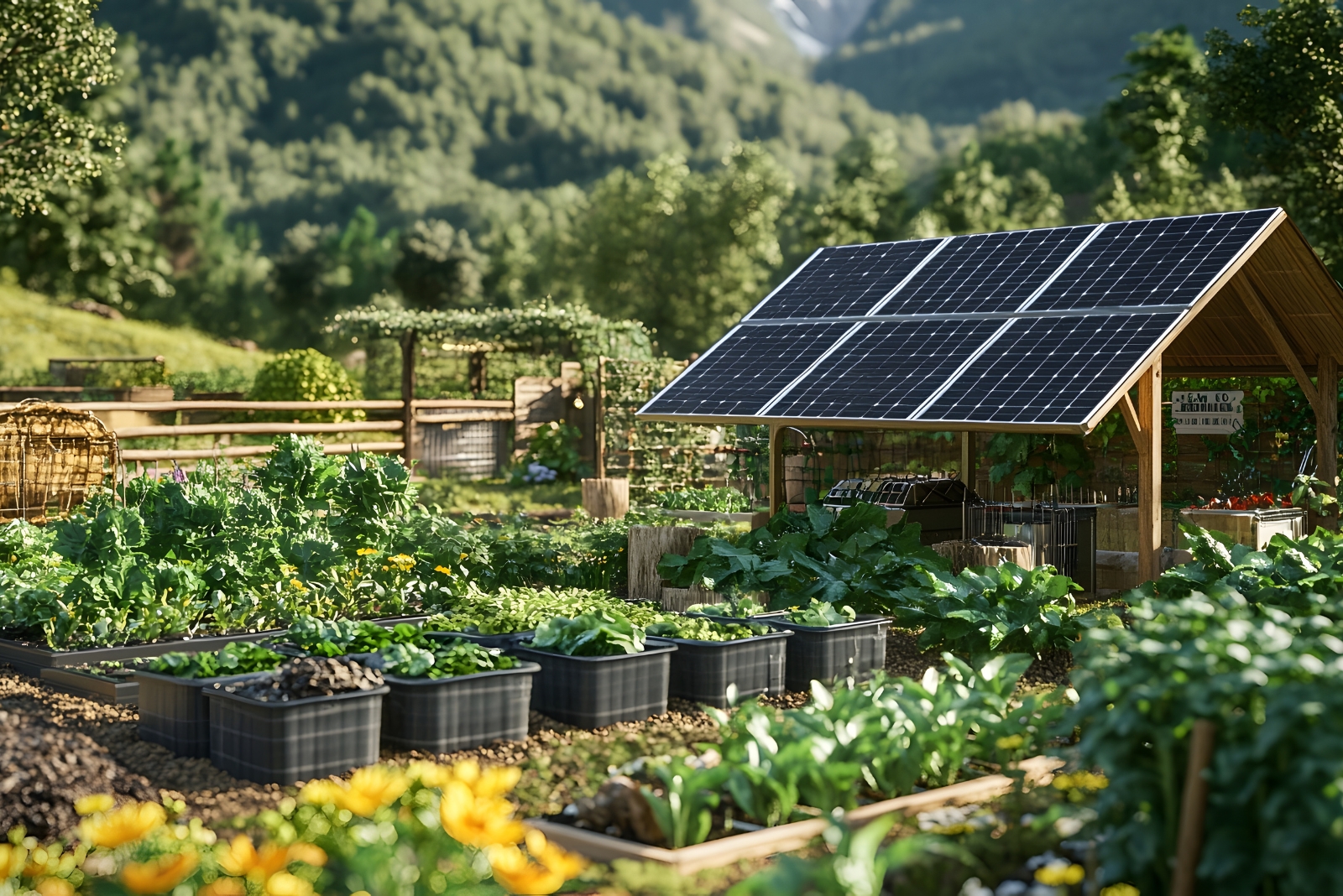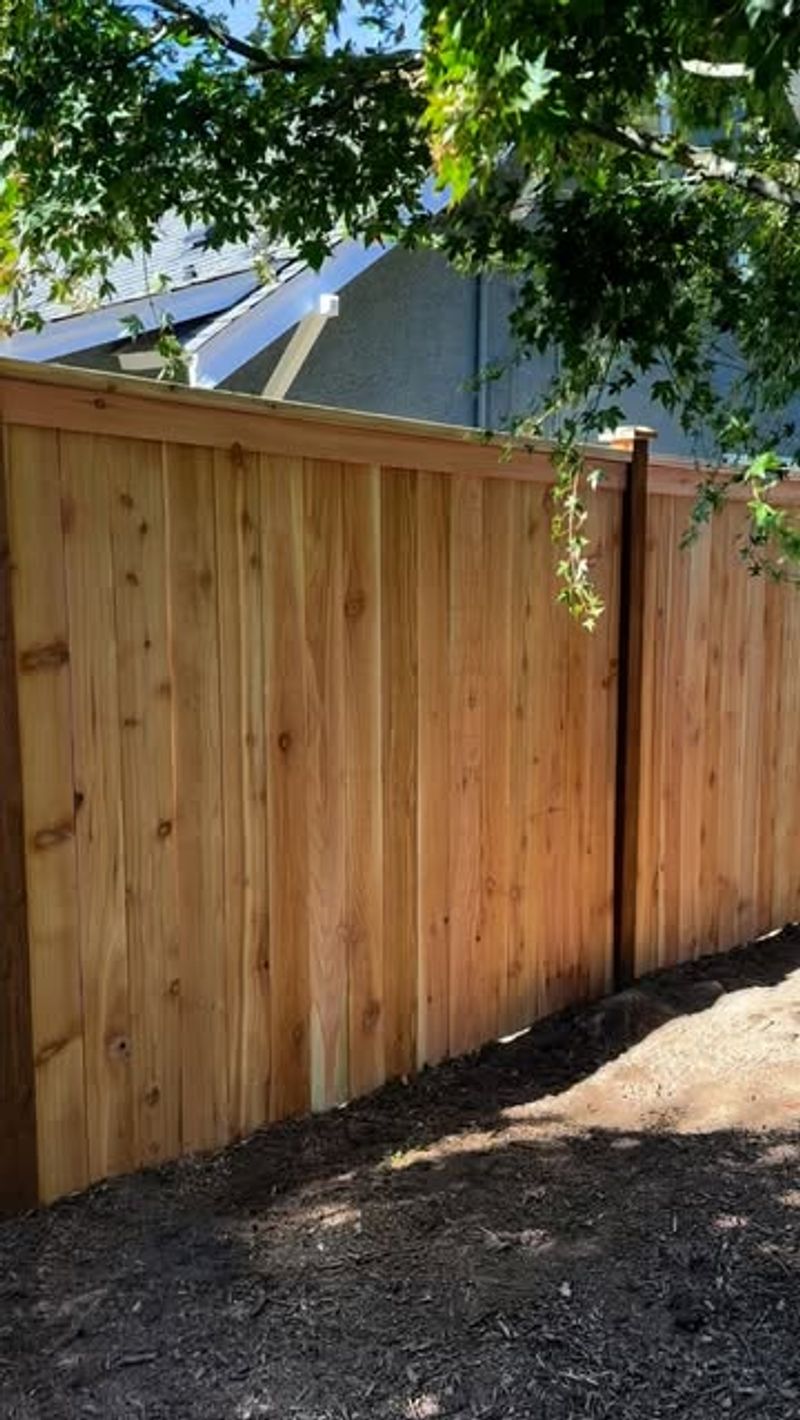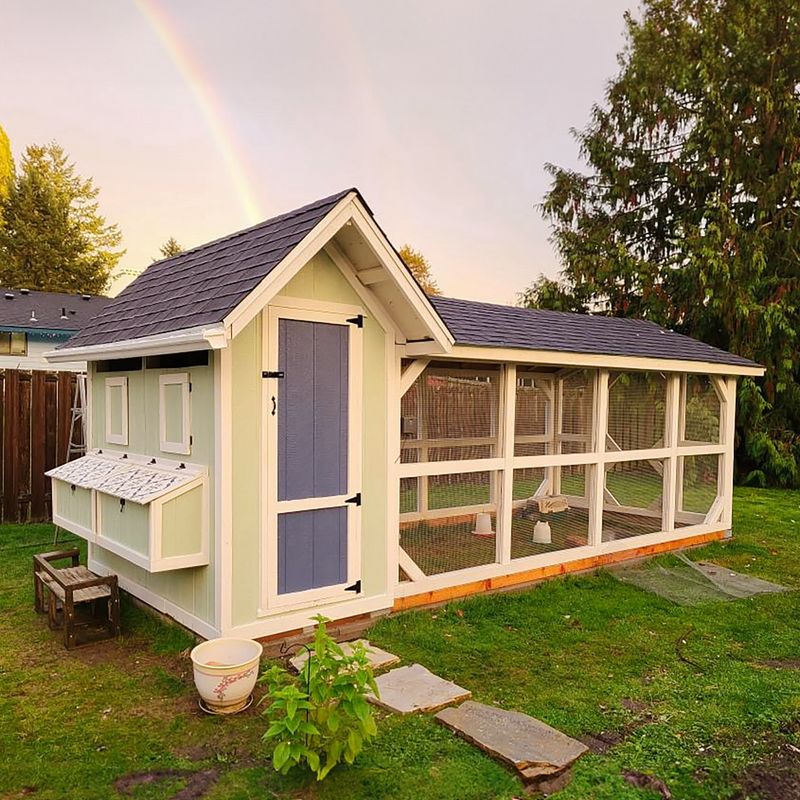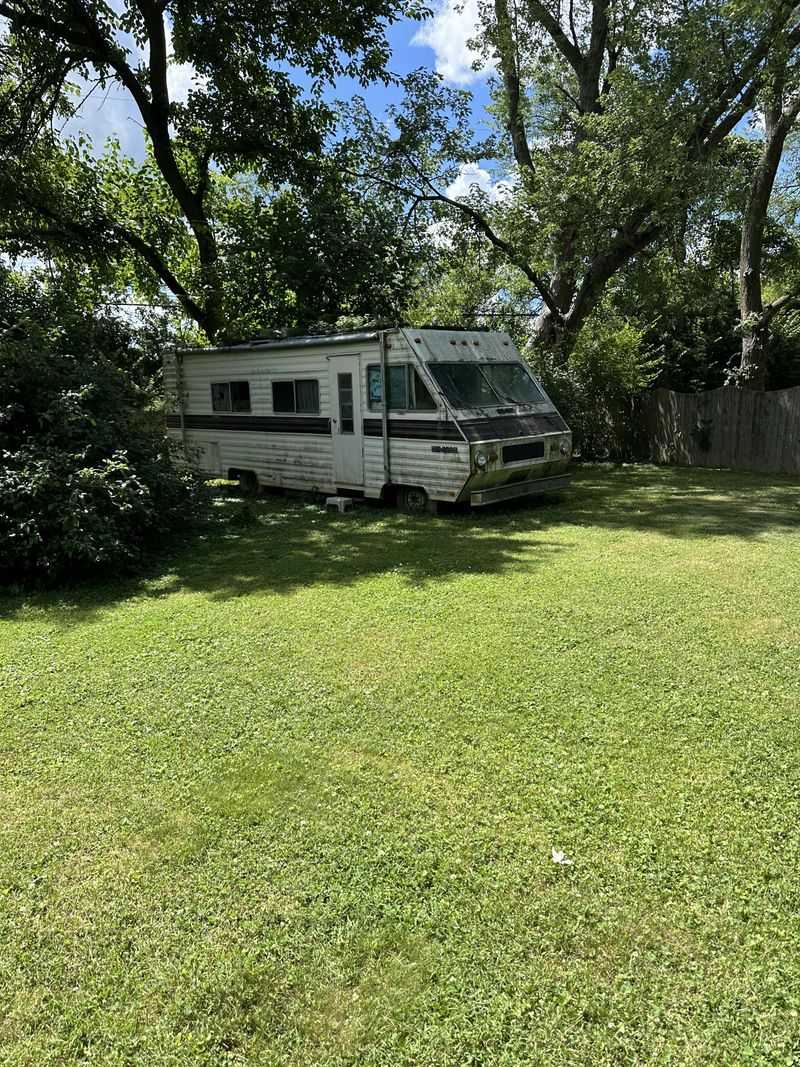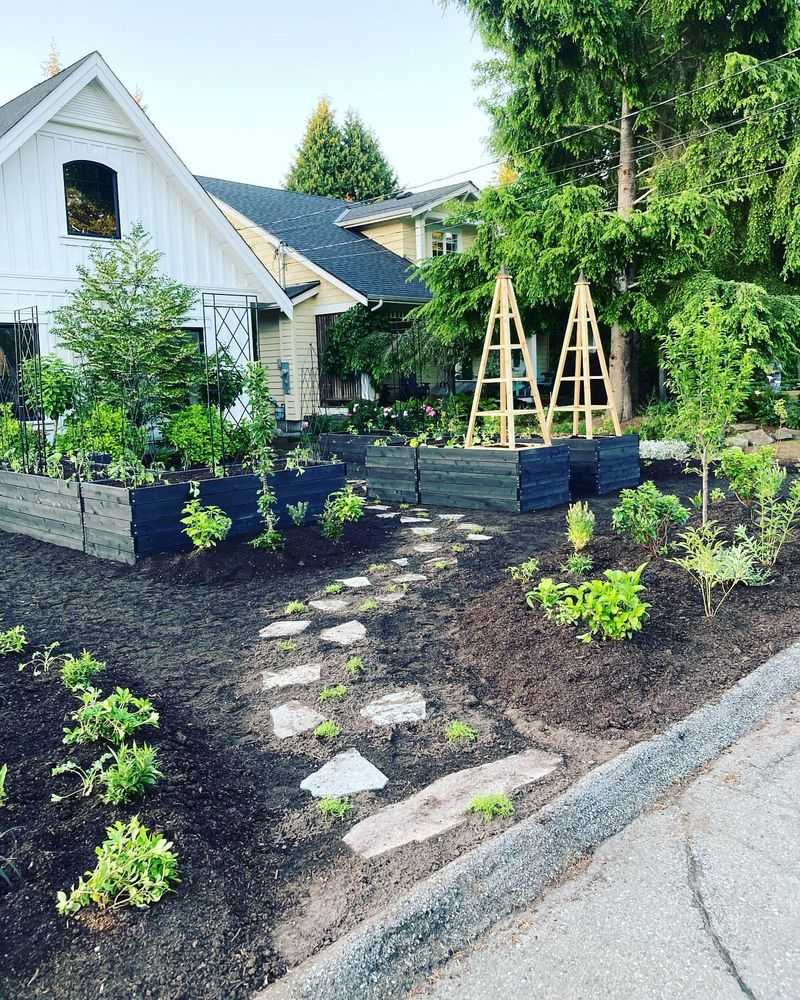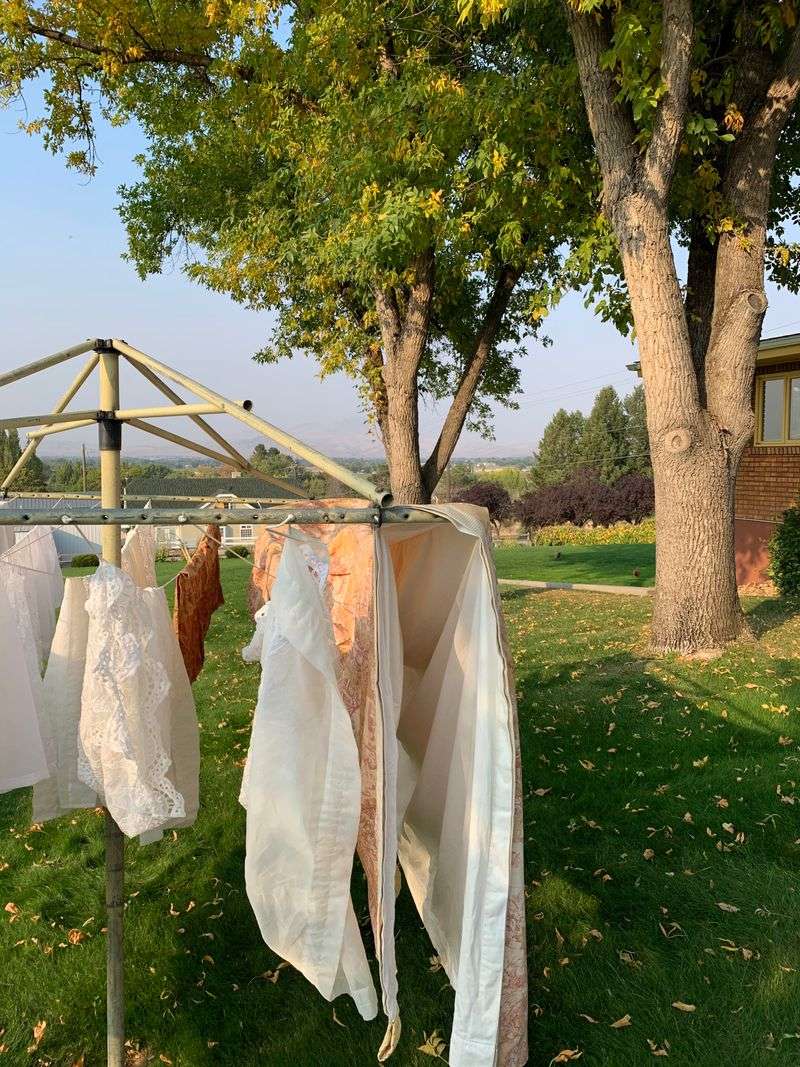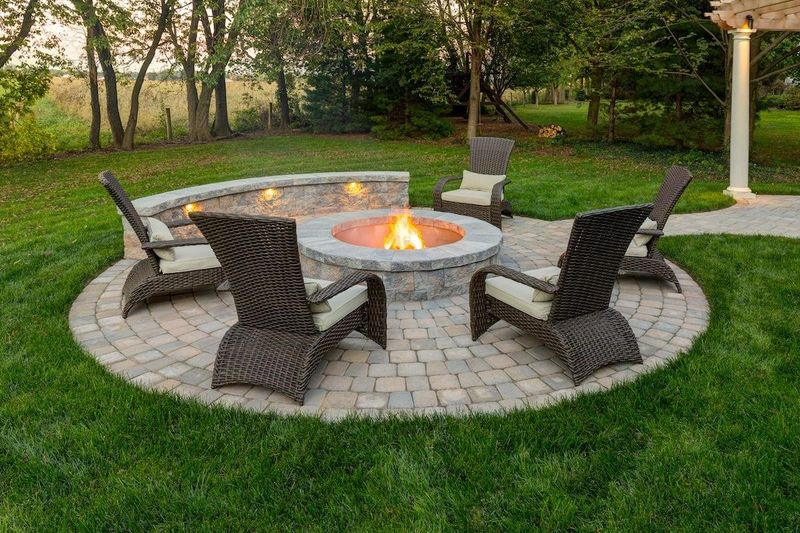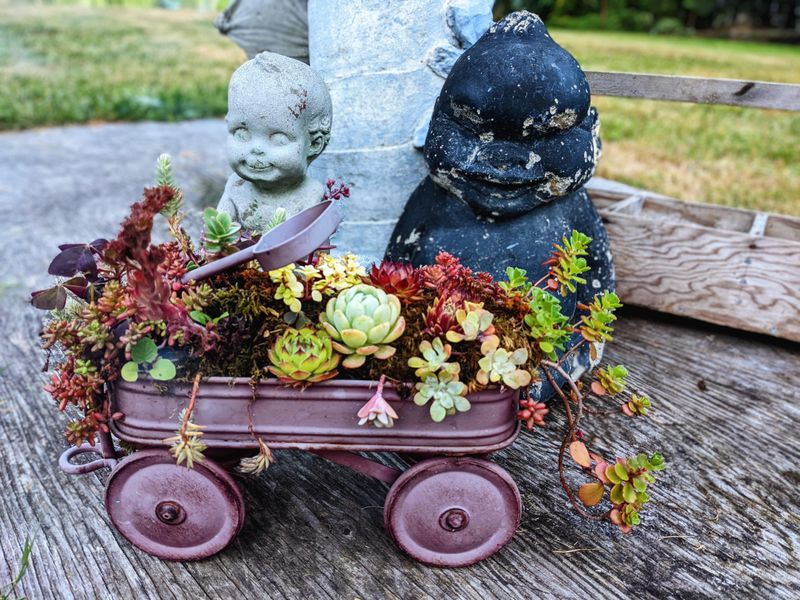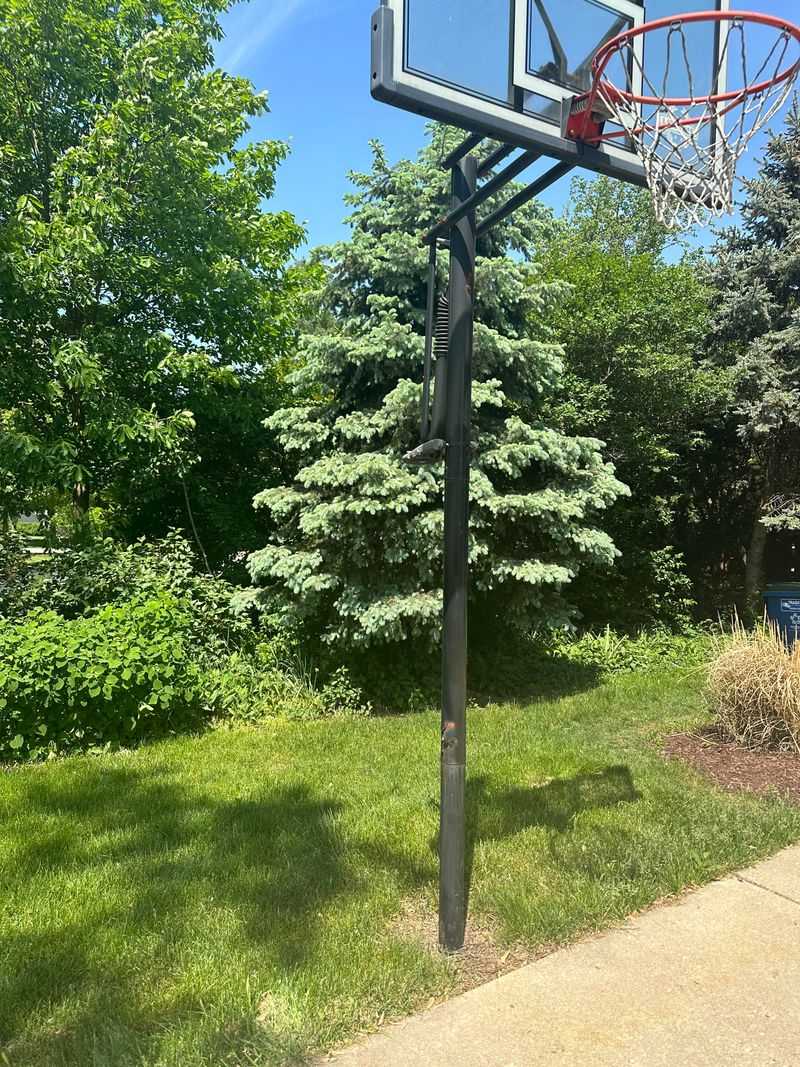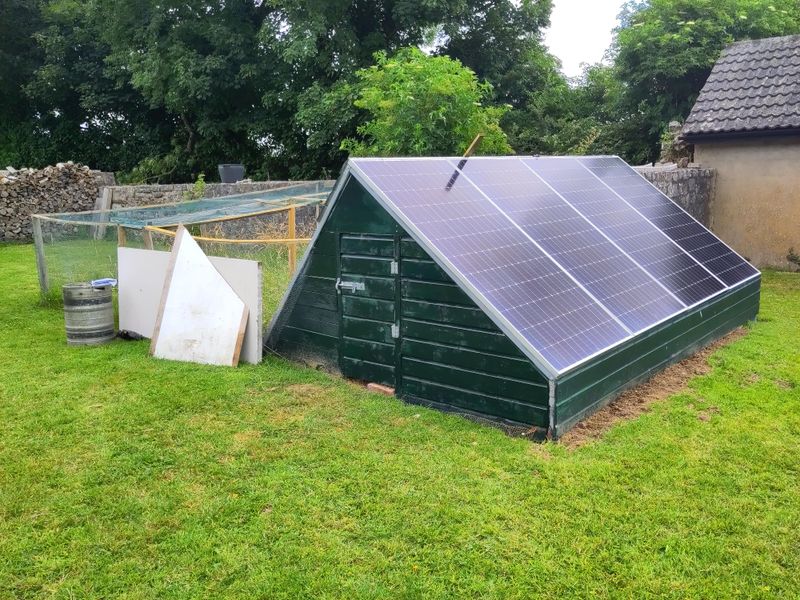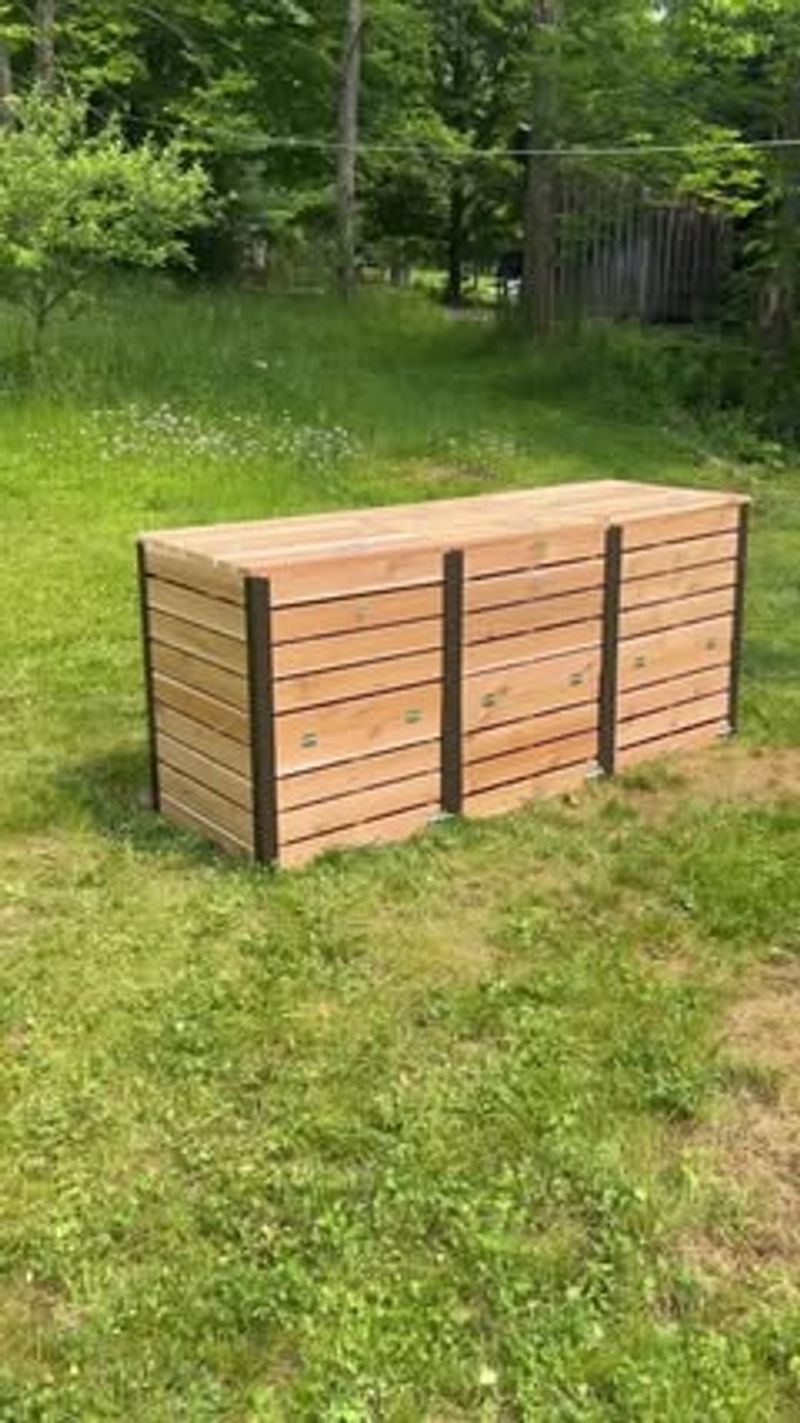Not every yard idea fits the neighborhood rules in Montana. I’ve learned that even something small, like a fence or shed, can cause trouble if it breaks local guidelines.
A quick check before adding anything new can save you time and stress. Let’s take a look at what might not pass the rulebook.
1. Tall Privacy Fences
Many Montana neighborhoods limit fence heights to preserve the scenic mountain views everyone loves. Some communities cap fences at four or six feet, especially along front yards.
Taller barriers might block sightlines or create visual clutter. Always check your HOA rules before installing anything over the standard height.
Neighbors appreciate open views, and keeping fences lower maintains that friendly Montana atmosphere while still providing some privacy for your outdoor space.
2. Backyard Chicken Coops
Raising chickens has become popular for fresh eggs and sustainable living. However, Montana subdivisions often restrict poultry due to noise, odor, and predator concerns that could affect neighboring properties.
Some areas allow a few hens but ban roosters entirely because of their early morning crowing. Check local zoning laws and HOA guidelines before bringing home your flock.
Understanding these rules helps avoid conflicts and keeps your backyard farming dreams realistic and compliant with community standards.
3. RV and Boat Storage
Montana residents love outdoor adventures, which means lots of RVs, boats, and trailers. But many neighborhoods prohibit parking these vehicles in driveways or front yards for extended periods.
Restrictions exist because large vehicles can obstruct views and create a cluttered appearance. Some communities require covered storage or off-site facilities instead.
Before purchasing that camper, confirm where you can legally park it. Planning ahead saves frustration and potential fines from your homeowners association or city officials.
4. Vegetable Gardens in Front Yards
Growing your own vegetables offers health benefits and cost savings. Yet some Montana HOAs restrict front yard gardens, preferring traditional grass lawns and ornamental landscaping for curb appeal.
Communities worry that vegetable plots might look messy or lower property values. Backyard gardens usually face fewer restrictions and offer more privacy anyway.
If you want to garden out front, review your covenant rules first. Sometimes a well-designed raised bed system can satisfy both your gardening goals and neighborhood appearance standards.
5. Outdoor Clotheslines
Hanging laundry outside saves energy and gives clothes that fresh air smell. Despite these benefits, many Montana subdivisions ban visible clotheslines, viewing them as unsightly or old-fashioned.
HOAs often prefer hidden drying areas or indoor solutions instead. Some communities make exceptions for retractable lines that disappear when not in use.
Before stringing up a clothesline, check your neighborhood rules. Montana sunshine makes air-drying tempting, but respecting community standards keeps everyone happy and avoids unnecessary disputes with association boards.
6. Outdoor Fire Pits
Gathering around a crackling fire pit creates wonderful Montana evenings. But permanent fire features often require permits and must follow strict safety regulations about distance from structures and property lines.
Some neighborhoods ban them completely due to wildfire risks, especially during dry summer months. Portable fire pits might be allowed with specific conditions and restrictions.
Always verify local fire codes and HOA rules before building or buying any fire feature. Safety concerns are serious in Montana, where wildfires pose real threats to communities.
7. Decorative Lawn Ornaments
Personalizing your yard with gnomes, statues, or whimsical decorations expresses creativity. However, Montana HOAs frequently limit the number, size, and type of lawn ornaments permitted in visible areas.
Excessive decorations might be considered tacky or distracting by some communities. Seasonal displays often receive more flexibility than permanent fixtures that remain year-round.
Check guidelines about acceptable decorations before filling your lawn. Balancing personal expression with neighborhood aesthetics helps maintain property values while still allowing some fun and individuality in your outdoor spaces.
8. Basketball Hoops and Play Equipment
Kids love shooting hoops and playing outside, making basketball goals popular additions. Montana HOAs sometimes restrict portable hoops in driveways or require permanent installations to meet specific placement and appearance standards.
Concerns include noise levels, balls rolling into streets, and visual impact on the neighborhood. Some communities designate approved locations or require equipment to be stored when not in use.
Review rules before setting up play equipment. Finding compliant solutions keeps children active while respecting community guidelines and maintaining positive relationships with neighbors.
9. Solar Panels and Renewable Energy
Harnessing Montana’s abundant sunshine through solar panels makes environmental and economic sense. Yet some HOAs regulate panel placement, angle, and visibility to maintain uniform neighborhood appearance.
State laws increasingly protect homeowners’ rights to install solar equipment, but restrictions on placement still exist. Roof-mounted systems typically face fewer objections than ground-mounted arrays visible from streets.
Research both state solar rights laws and your HOA covenants before investing. Most communities now recognize renewable energy benefits, but understanding specific requirements ensures smooth installation and approval processes.
10. Compost Bins and Piles
Composting reduces waste and enriches garden soil naturally. Montana neighborhoods may restrict visible compost bins or open piles because of potential odors, pest attraction, and appearance concerns.
Enclosed bins placed in backyards usually meet approval better than open piles near property lines. Some communities require specific distances from neighboring homes or screened enclosures.
Before starting your compost system, verify local regulations. Proper placement and enclosed containers address most concerns while allowing you to enjoy the environmental benefits of recycling kitchen and yard waste effectively.

